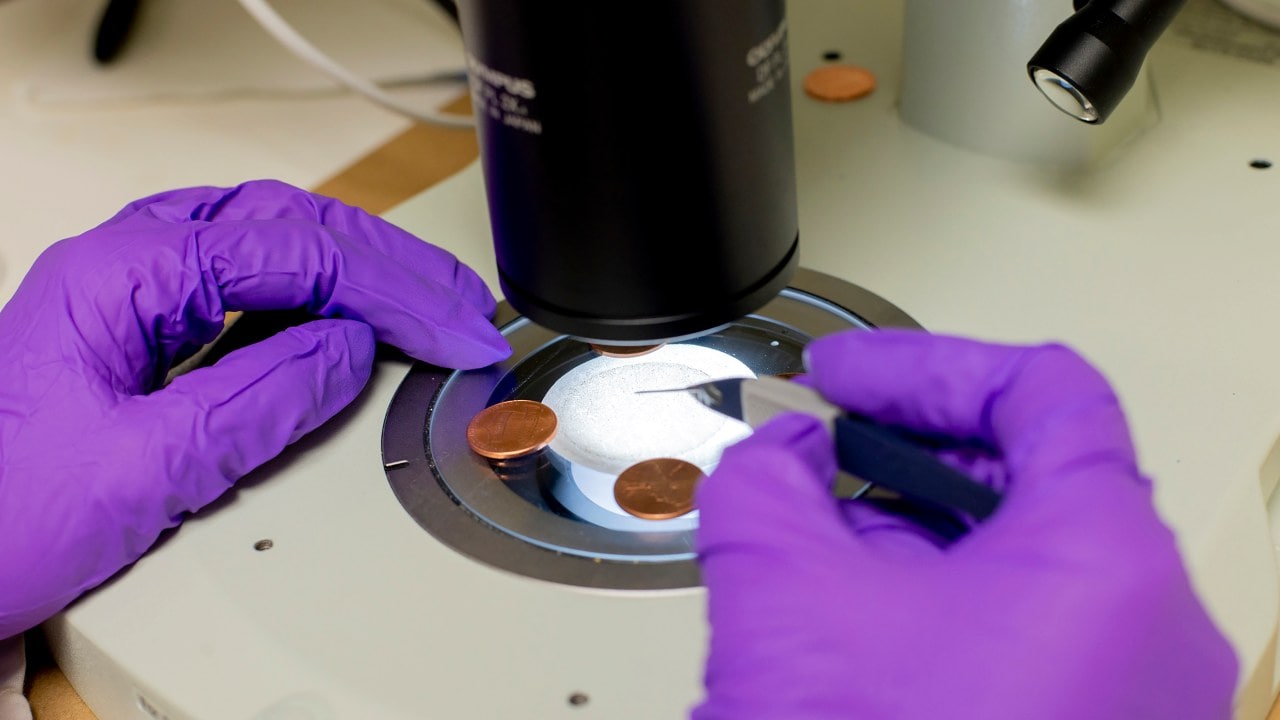Microplastics have been found into every nook of the environment – the oceans, land, air, food supply and even in some marine animals. A
study from 2018 found that plastics can pass through the human gut, but a new
study from Arizona State University researchers indicates that human tissue and organs are capable of absorbing microplastics and nanoplastics too. Over
300 million tons of plastic is being generated each year, of which half is in the form of single-use plastic which is utilized just once or twice before it is discarded. Around
eight million tons of plastic is dumped into oceans every year, according to
Plastic Oceans. With plastics needing several hundred years under the soil to decompose, they break down into tiny pieces called microplastics (under five millimetres in diameter), and nanoplastics (under 0.05 mm in diameter). [caption id=“attachment_7186381” align=“alignnone” width=“1280”] Image credit: Oceana[/caption] A total of 47 tissue samples were studied from the four organs most likely to encounter microplastics from the environment – the lungs, liver, spleen and kidneys. These samples were deliberately spiked with microplastics, so they could be detected using an instrument called the flow cytometer, which is often used to count specific cells based on their size. Using this method, the researchers showed they could detect the same beads they introduced into these samples, and designed a computer program that can convert information on plastic particle count from the flow cytometer into units of mass and surface area of the plastic particles. The researchers intend to make this software public for other researchers studying human or animal impacts of plastic pollution. “This shared resource will help build a plastic exposure database so that we can compare exposures in organs and groups of people over time and geographic space,” Dr Rolf Halden, senior researcher at Arizona State University, said. [caption id=“attachment_8484991” align=“alignnone” width=“1280”]
 A researcher at Utah State University studies microplastics samples with a microscope. Some 1,000 tons of microplastics rain down each year on national parks and wilderness areas in the American West alone. Image: JOHN SCHWARTZ[/caption] The researchers tested a different set of human liver and fat tissue for traces of plastic, without intentionally spiking them with microplastics like in the first set. These donor samples came from unnamed donors thought to have a high risk of plastic exposure. The researchers found that every one of the 47 samples had traces of common plastic contaminants like polycarbonate (PC), polyethylene terephthalate (PET) and polyethylene (PE). Bisphenol A (BPA), a substance still used in many food containers despite health concerns. From instances of microplastics in wildlife, researchers have evidence that it can enter living tissue and cause serious health issues like infertility, inflammation and cancer. While their findings are concerning, the researchers want to highlight that there is a lot more than needs to be done to study the impact of plastic pollution in humans. “We never want to be alarmist, but it is concerning that these non-biodegradable materials that are present everywhere can enter and accumulate in human tissues, and we don’t know the possible health effects,” Varun Kelkar, co-author of the study, who presented their findings at a
virtual meeting of the American Chemical Society. “Once we get a better idea of what’s in the tissues, we can conduct epidemiological studies to assess human health outcomes. That way, we can start to understand the potential health risks, if any.”
A researcher at Utah State University studies microplastics samples with a microscope. Some 1,000 tons of microplastics rain down each year on national parks and wilderness areas in the American West alone. Image: JOHN SCHWARTZ[/caption] The researchers tested a different set of human liver and fat tissue for traces of plastic, without intentionally spiking them with microplastics like in the first set. These donor samples came from unnamed donors thought to have a high risk of plastic exposure. The researchers found that every one of the 47 samples had traces of common plastic contaminants like polycarbonate (PC), polyethylene terephthalate (PET) and polyethylene (PE). Bisphenol A (BPA), a substance still used in many food containers despite health concerns. From instances of microplastics in wildlife, researchers have evidence that it can enter living tissue and cause serious health issues like infertility, inflammation and cancer. While their findings are concerning, the researchers want to highlight that there is a lot more than needs to be done to study the impact of plastic pollution in humans. “We never want to be alarmist, but it is concerning that these non-biodegradable materials that are present everywhere can enter and accumulate in human tissues, and we don’t know the possible health effects,” Varun Kelkar, co-author of the study, who presented their findings at a
virtual meeting of the American Chemical Society. “Once we get a better idea of what’s in the tissues, we can conduct epidemiological studies to assess human health outcomes. That way, we can start to understand the potential health risks, if any.”
The researchers highlight that there is still much than needs to be studied around how plastic impacts humans.
Advertisement
End of Article


)
)
)
)
)
)
)
)
)



